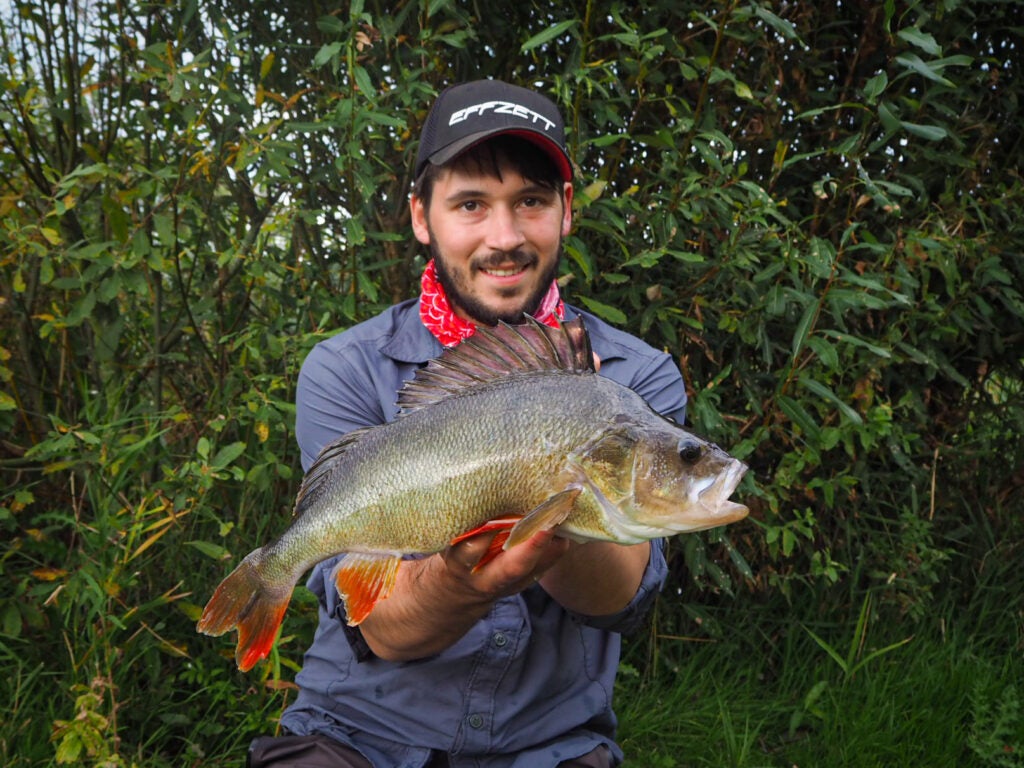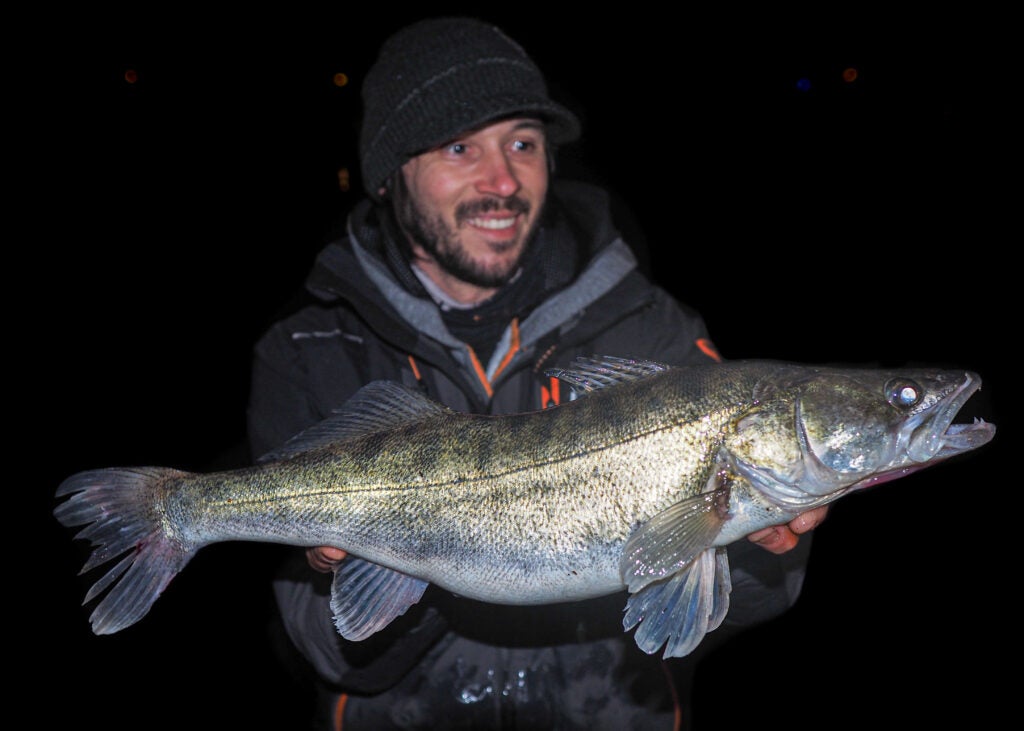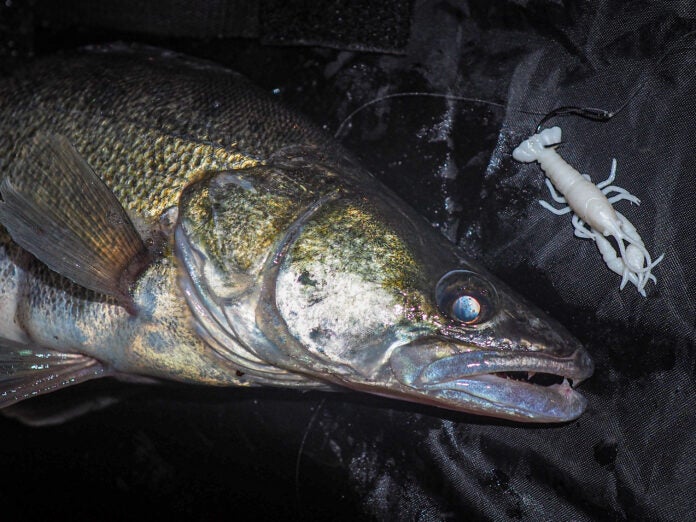Dropshot isn’t Dead
The dropshot rig, an old faithful, tried, tested, and adopted by many anglers over the years. A consistent method to catch predators, at one point dropshotting was easily the most recognizable light lure method. Anglers who had yet to try lure fishing would see the light bouncy motion and ask, “Are you dropshotting?”, regardless of the end tactic. The method was certainly in the limelight due to its versatility, performance, and ability to be paired with natural baits, making it a staple tactic for newcomers and experienced anglers alike. Some of the top competitive anglers scaled down and refined the method, dominating total length competitions with enormous hauls of perch.
I enjoyed using the tactic myself as a way to target the biggest fish on many small lakes and rivers in my area. For a while it was the dominant tactic in my lure fishing. Eventually, taking a back seat in favour of other methods. I still use the rig when the conditions call for it, often finding it saves the day, even banking one of my most memorable fish. My first river 4lb’er. With other methods proving equally as effective on a good day, dropshot has become quite underutilized, with some anglers calling the technique boring. Sure, it can be a little slow and repetitive at times, but when it works, it really works, producing slamming, slack-line takes that send tremors down your spine.


Dropshot became a reliable method to tempt the bigger fish
WHAT IS A DROPSHOT RIG?
The dropshot is a very simple technique, essentially a hook tied in-line, followed by a small weight. This allows the lure to be fished with very little resistance, suspended in the strike zone, or worked through and over weed and structure. Line strength, hook size, weight and distance are all variable, and can be set up to meet your specific needs. You can use sub-2 gram weights, and size 16 or 14 hooks, paired with tiny plastics for finesse applications, or size 1 hooks, 20 gram weights, and big lures for rivers and deep waters, and anything above below and in between. The distance between the weight and lure can be adjusted throughout the day at depths to suit all kinds of scenarios.
A few weeks ago I caught up with Tom Knight for a session. It was certainly a dropshot day, and we enjoyed some great fishing with our technique differences producing interesting results. Tom very much having the perch nailed, while I seemed to attract zander. We both noted our different styles, and I was keen to experiment more when the conditions proved right, and eventually they did.
ON TO THE SESSION
I arrived at the river early afternoon. The plan, to fish for a few hours on the move, covering ground before moving to another venue for zander at last light. With moderate flow caused by recent rainfall I decided to look for structure and slacks, perfect areas to target holding fish with dropshot tactics. I carried a jigging rod just to cover all bases.
The first few areas proved unproductive, I changed around my lure colours to be sure. Moving on I began to encounter signs of life, a missed bite on the jig and what I guessed was a little pike on the dropshot. It slipped the hook but we were getting somewhere. A few slacks later and bang! A solid bite with no connection. I was using quite a large lure and after a few more casts with it I decided to scale down. Picking out the same blue and black reaction cray in a smaller 7cm size.
A cast back out, working the lure with a slow rhythm, pausing and allowing the lure to sink slowly on a semi-slack line. Thud! Another take, this time it connected. I felt the unmistakable thumps of a quality perch and sure enough, after a short battle a beautiful 2lb’er broke the surface. Being a small slack I retained the fish briefly certain there would be another near by. A few casts later I hooked up again, another pristine perch of similar size. The swim went quiet so I continued on for another 20 minutes or so before heading to the next venue to try for a zander.
I arrived at the next spot at sunset, planning to fish for an hour or so, perhaps longer if the fishing proved good. I alternated tactics between a jigged shad and a dropshot ned cray. It wasn’t long before I had the first bite. A missed tap on the shad. I quickly covered the area with the dropshot, hooking up momentarily, before losing the fish. The swim went quiet and I continued on, now in full darkness, searching for a zander.
I worked the lure across every likely location, opting for an aggressive, erratic retrieve, with long controlled pauses. The tip slammed around and the drag screamed as I hooked up to a quality fish on the 2-10g light combo. Almost no need to strike this one, it really wanted that lure. I felt under-gunned as the fish reached the flow, making a short run before I steered it back toward the slack. A silver flank flashed beneath the surface and I readied the net in anticipation of a zander.
The zander thrashed at the surface, hooked lightly, each second gut-wrenching as I coaxed it towards the net. It hit the mesh, the hook dropped free, barely holding on to the bony mouth. Mission accomplished. After a quick photo and release I decided to fish my way back to the car, happy with the results, even more curious about how different predators respond to the same lures and tactics with different retrieves.
Happy New Year Everyone!


note the missing flesh where the lower half of the dorsal used to be














